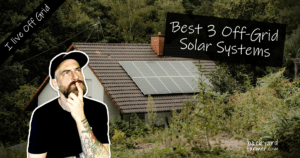Introduction for Best LED Grow Lights for Indoor Gardens in 2026
Creating a thriving indoor garden starts with choosing the right tools, and LED grow lights are at the heart of it all. These innovative lights provide:
- The perfect light spectrum for plants to grow and flourish.
- Energy efficiency that keeps costs low while being eco-friendly.
- Versatility to suit everything from vibrant vegetables to ornamental houseplants.
With their adaptability, LED grow lights are a must-have for any indoor gardener.
In this article, you’ll discover:
- The best LED grow lights for 2026 that balance performance, cost, and sustainability.
- Options for beginners and advanced growers alike.
- Links to related in-depth guides on installation, maintenance, and budget-friendly picks.
I personally own and use a Spider Farmer SF-2000 Pro, which has been a game-changer for growing an abundance of thriving tomatoes in my indoor garden
Comparison of the Best LED Grow Lights
To help you find the perfect LED grow light for your indoor garden, we’ve compiled a comparison of top-performing models. Each light balances key features like spectrum, wattage, and efficiency to suit different needs.
Quick Comparison Table
| Model | Best For | Key Features | Price Range (£) | Pros | Cons |
| Mars Hydro TS 1000 | Beginners and small spaces | Full-spectrum, energy-efficient, compact | £150-200 | Excellent for leafy greens, low heat output | Limited for larger gardens |
| Spider Farmer SF-2000 | Medium gardens and versatility | Adjustable spectrum, high light intensity | £250-300 | Durable, ideal for fruiting plants | Coverage limited for very large setups |
| VIPARSPECTRA XS2000 | Budget-conscious gardeners | Balanced spectrum, lightweight design | £100-150 | Affordable, great for small to medium spaces | May require additional cooling |
| Phlizon Pro Series 2000W | Advanced growers, large setups | High intensity, deep light penetration | £180- £200 | Professional-grade performance, long lifespan | Heavy, bulky, and needs sturdy supports |
| King Plus 1000w | Small gardens and affordability | Compact, balanced spectrum | £70-100 | Budget-friendly, perfect for root vegetables | Less powerful for larger applications |
The Best 5 LED Grow Lights for Indoor Grows
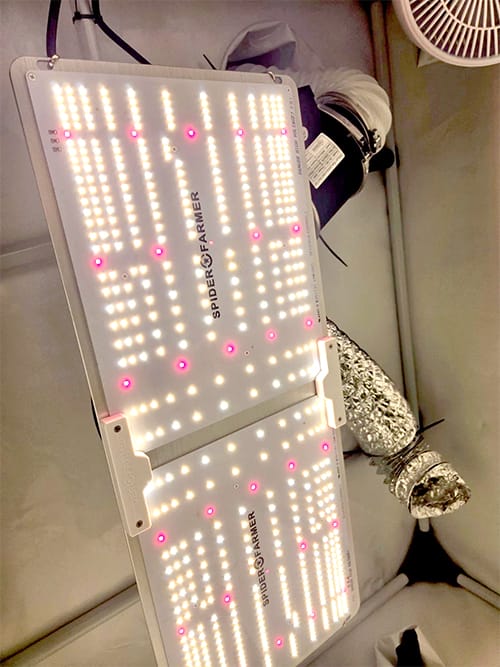
1: Spider Farmer SF2000 (Personal Choice)
- 🌱 Maximize Your Yields – Full-spectrum lighting and IR diodes ensure stronger, healthier plant growth from seedling to harvest.
- ⚡ Energy-Efficient & Cost-Saving – Uses only 200W while delivering high-intensity light, reducing electricity costs without sacrificing performance.
- 🔇 Silent, Fanless Operation – Runs cool and quietly with passive heat dissipation, making it perfect for indoor and home growers.
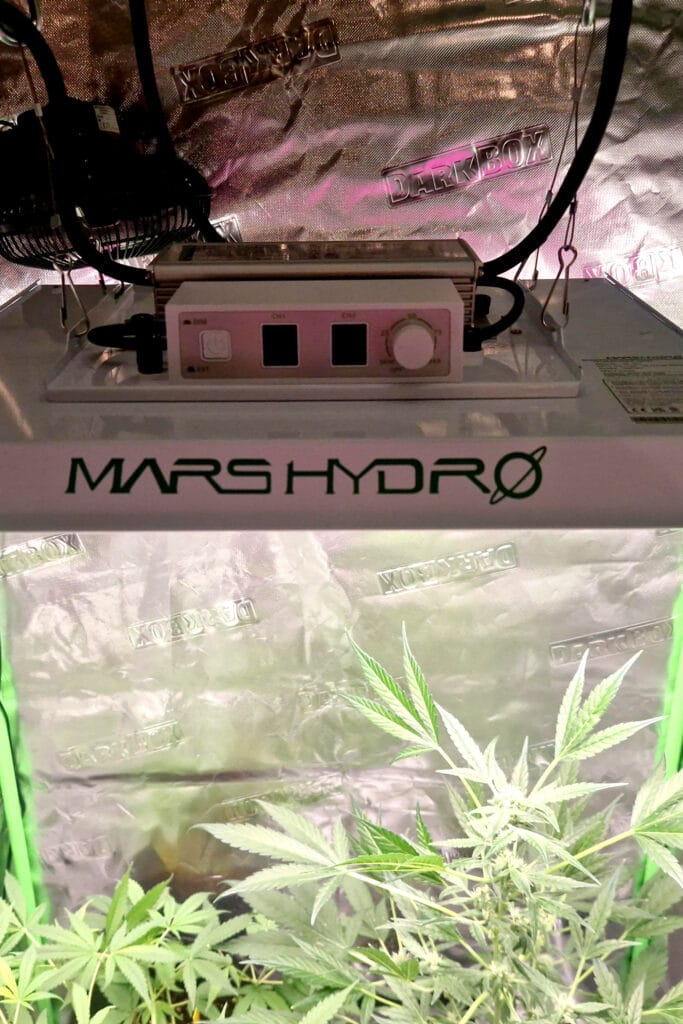
2. Mars Hydro TS 1000
- Full Spectrum Lighting – Mimics natural sunlight for every stage of growth.
- High-Efficiency LEDs – Lower power use, higher yield.
- Fanless & Silent – Runs cool and quiet, ideal for home setups.
- Dimmable Settings – Fine-tune brightness to suit your grow space.
- Trusted Brand – Mars Hydro is a top name in home horticultur
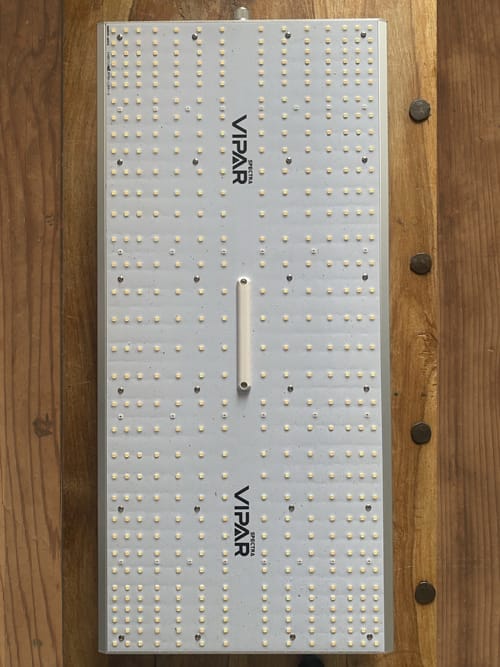
3. VIPAR SPECTRA XS2000
Suitable for a wide range of plants. Ideal For: Budget-conscious gardeners with small to medium gardens.
Features:
- Affordable with a balanced spectrum.
- Lightweight design, easy to set up.
Why Choose This? Great value for beginner indoor gardeners.

Phlizon Pro Series 2000W
Suitable for advanced growers managing large indoor gardens. Ideal For: Advanced growers managing larger setups.
Features:
- High-intensity light for deep penetration.
- Excellent for dense canopies and root vegetables.
Why Choose This? Professional-grade performance for serious gardening.
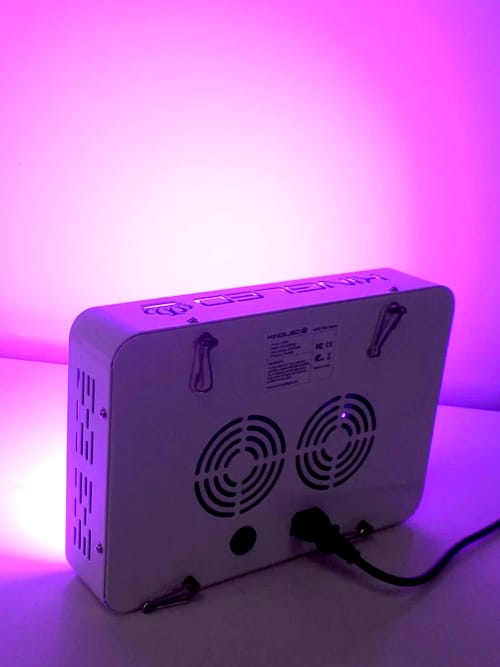
5. KingLED 1000W
Ideal For: Small to medium gardens and budget-conscious growers.
- Features:
- Full-spectrum light with advanced optical lens technology for maximum light penetration.
- Energy-efficient design with a built-in cooling system to prevent overheating.
- Why Choose This?
- Perfect for a variety of plants, including leafy greens, fruiting vegetables, and flowers.
- Affordable yet powerful, offering great value for small to medium-scale setups.
Practical Insights for Indoor Gardening with LED Grow Lights
Understanding the practical aspects of using LED grow lights is crucial for achieving the best results in your indoor garden. Here’s how to get started and optimize your setup:
1. How to Get Started with LED Grow Lights
Plan Your Setup:
- Measure the size of your indoor garden to determine the light coverage needed.
- Identify the types of plants you’ll grow (e.g., leafy greens, fruiting plants, or flowers) to select the right spectrum and intensity.
Choose the Right Tools:
- Timers: Automate your light cycles to ensure plants receive consistent light exposure.
- Hanging Kits: Adjust light height as plants grow to avoid overexposure or shading.
Tip: For beginners, compact and affordable models like the King Plus 1000w LED Grow Light are a great starting point.
Learn more in our How to Install and Maintain LED Grow Lights guide.
2. Budget-Friendly Picks
If you’re working with a smaller budget, don’t worry—you can still find quality LED grow lights that deliver great results.
Recommended Models:
- VIPARSPECTRA XS2000: Affordable and ideal for small to medium gardens.
- King Plus 1000w LED Grow Light: Compact, energy-efficient, and budget-friendly.
Benefits of Budget-Friendly Options:
- Energy efficiency helps reduce long-term operational costs.
- Compact designs save space while delivering sufficient light intensity.
Explore more options in Budget-Friendly LED Grow Lights for Indoor Gardening.
3. Advanced Tips for Optimizing Growth
For experienced gardeners looking to enhance their indoor gardens, advanced tools and techniques can make a significant difference.
- Smart Systems: Automate your setup with WiFi-enabled grow lights or smart garden systems for remote control and real-time monitoring.
- Reflectors and Hoods: Improve light efficiency by focusing and distributing light evenly across your plants.
- Light Meters: Measure light intensity to ensure your plants receive optimal conditions at every stage of growth.
Pro Tip: Models like the Spider Farmer SF-2000 offer adjustable settings, making them a great choice for advanced setups.
Read more in Advanced Tips for Using LED Grow Lights.
4. Common Mistakes to Avoid
- Overheating: Monitor heat levels to prevent plant stress. Use fans or improve ventilation if necessary.
- Improper Light Placement: Adjust the height of your lights to match the growth stage of your plants.
- Inconsistent Light Cycles: Use a timer to maintain regular light exposure and avoid growth disruptions.
Quick Reference Table:
| Growth Stage | Recommended Light Height | Light Duration (Hours/Day) |
| Seedling Stage | 12-18 inches | 16-18 hours |
| Vegetative Stage | 18-24 inches | 16-18 hours |
| Flowering Stage | 18-20 inches | 12-14 hours |
For detailed setup tips, visit our How to Install and Maintain LED Grow Lights guide.
Conclusion
LED grow lights have revolutionized indoor gardening, offering the perfect balance of energy efficiency, plant growth optimization, and eco-friendliness. Whether you’re a beginner or a seasoned grower, selecting the right LED grow light is key to cultivating a thriving indoor garden.
Key Takeaways:
- Energy Efficiency: LED grow lights consume significantly less electricity compared to traditional lighting, saving you money while reducing your environmental impact.
- Plant Growth Optimization: With customizable spectrums and high-intensity options, LEDs provide the ideal conditions for all growth stages, from seedlings to flowering.
- Versatility: From small home gardens to advanced setups, there’s an LED grow light for every need and budget.
Explore More:
Ready to dive deeper into indoor gardening with LED grow lights? Check out our full reviews of top models and related guides:
- Mars Hydro TS 1000 Review
- Spider Farmer SF-2000 Review
- VIPARSPECTRA XS2000 Review
- Phlizon Pro Series Review
- King Plus LED Grow Light Review
With the right LED grow light, you’ll be well on your way to achieving year-round gardening success. Let’s grow together! Our complete LED Grow Light Basics guide explains how PAR and PPFD really work





